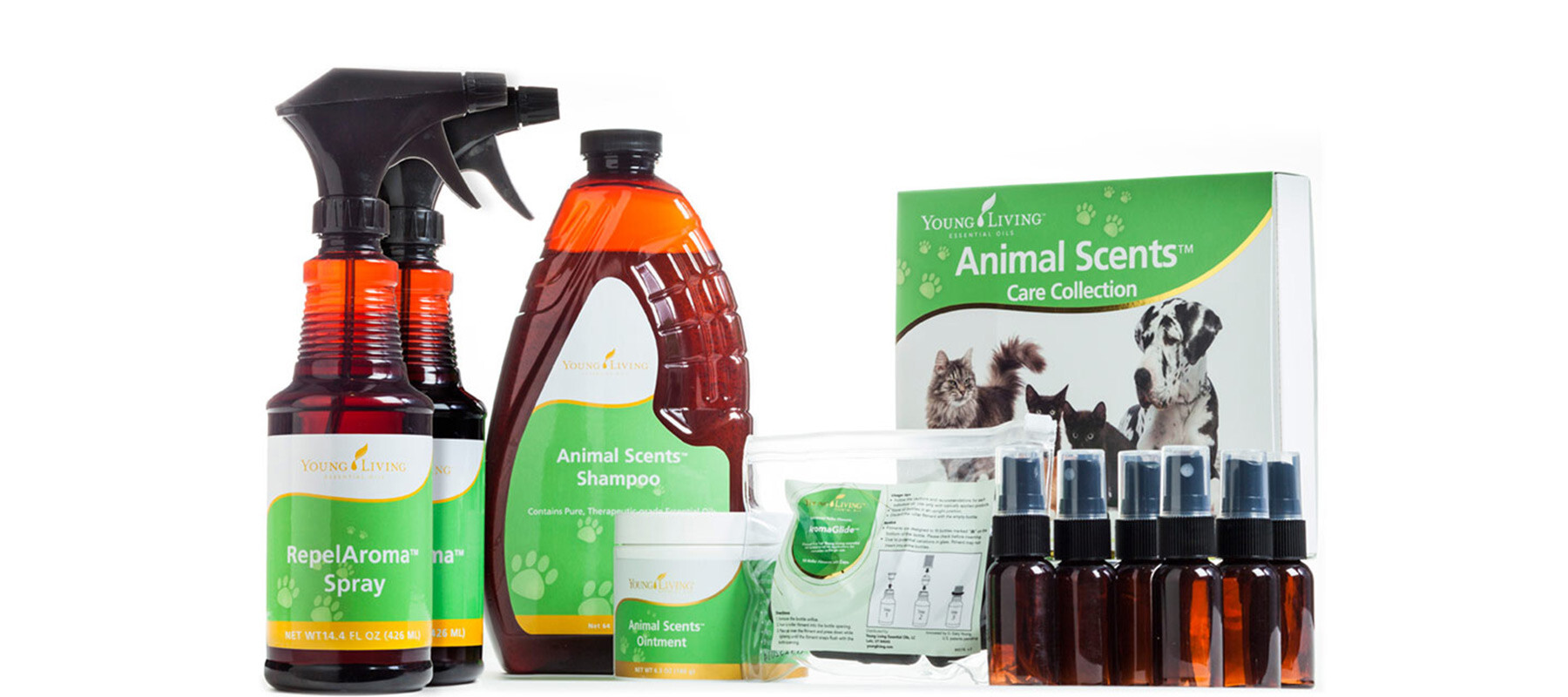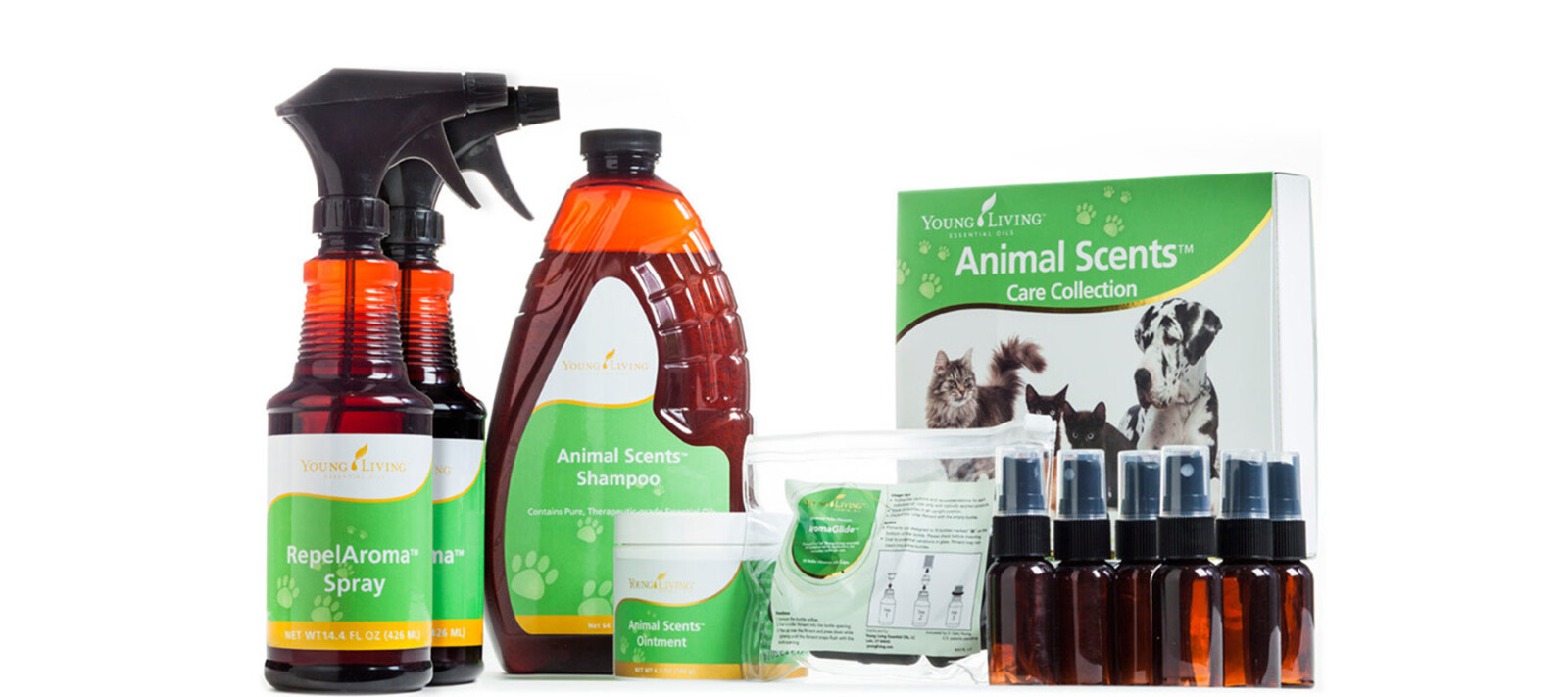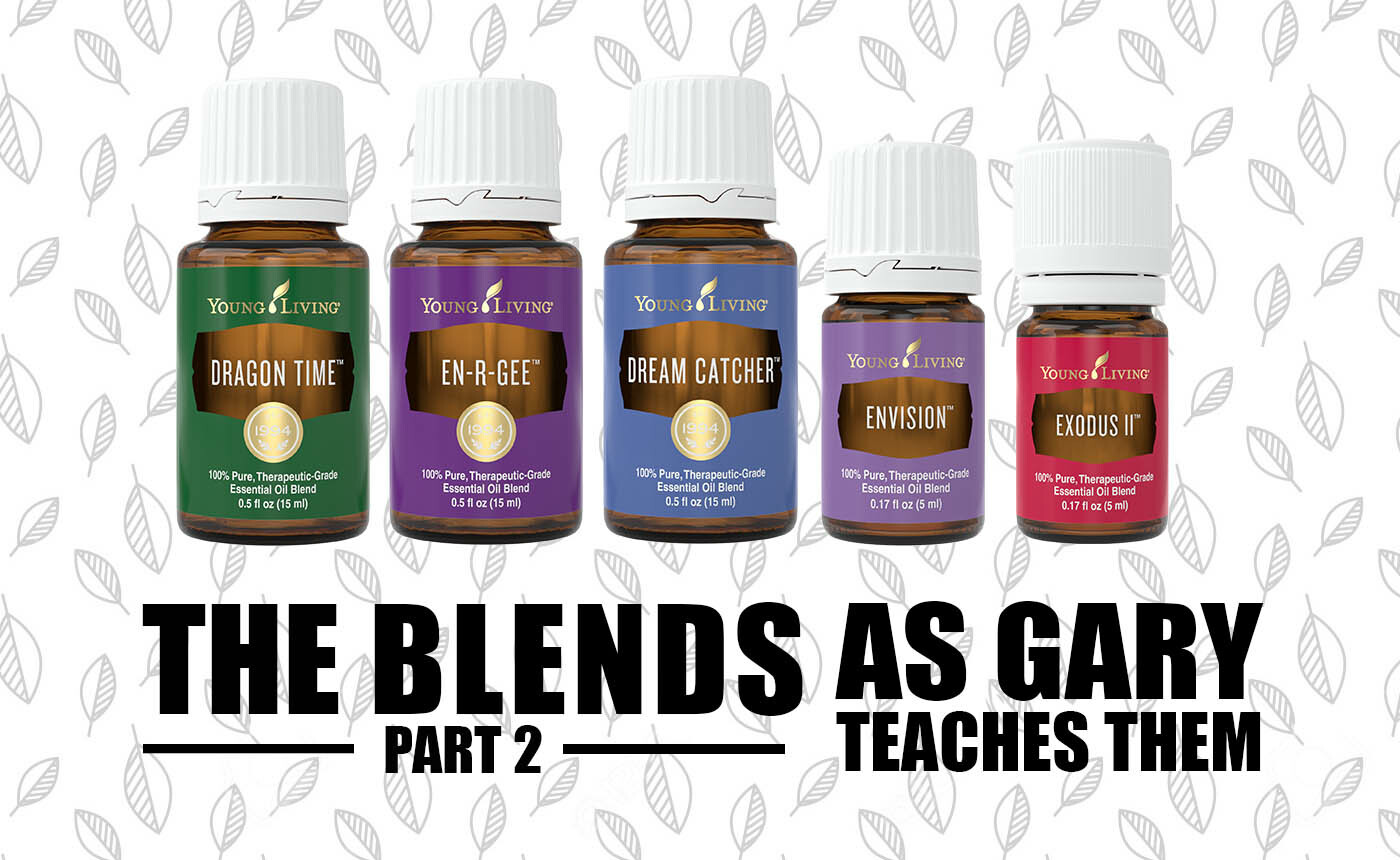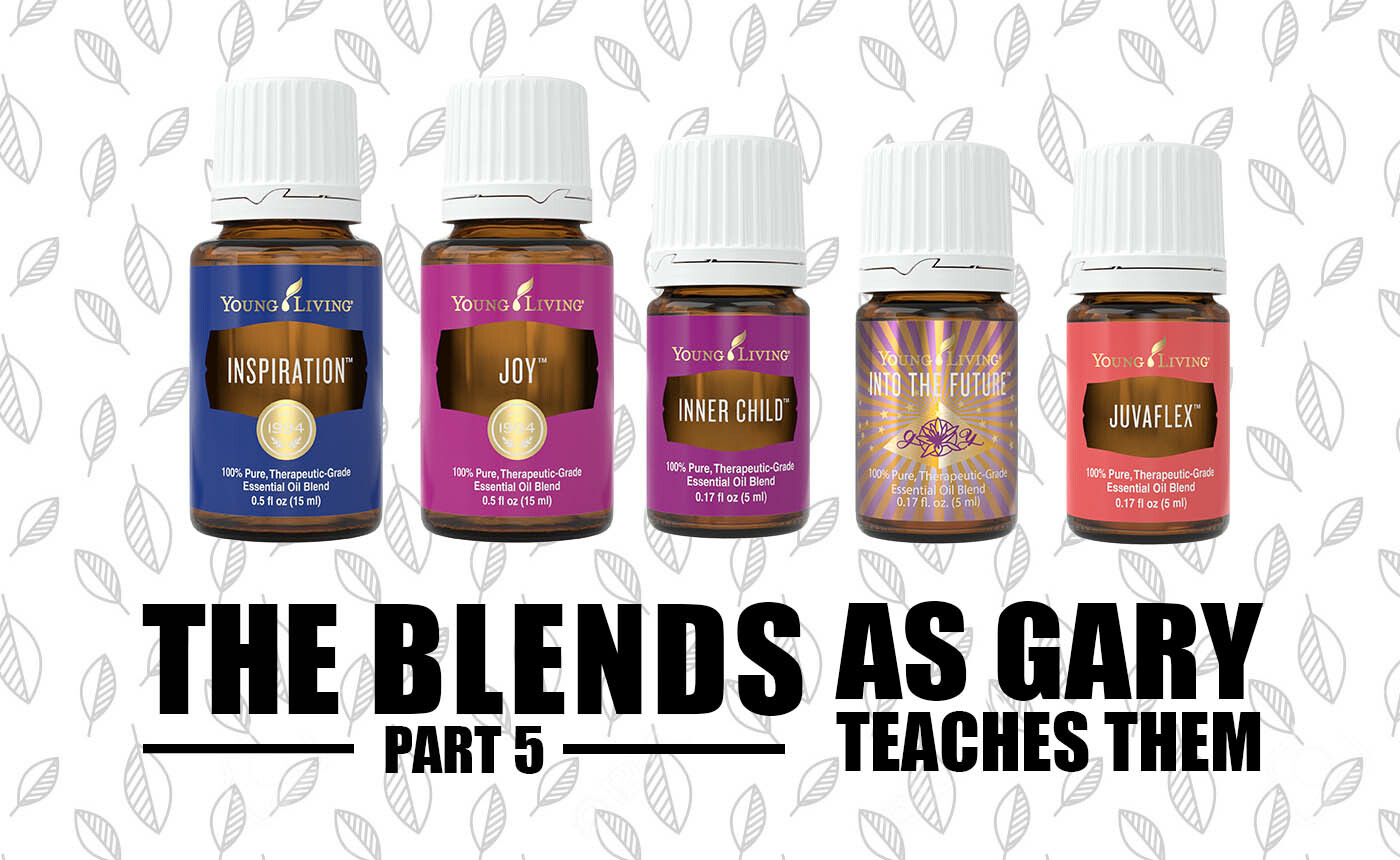
But you see, today’s drug discovery process is time consuming and tremendously expensive. It can take up to 20 years and cost millions of dollars to bring a single drug candidate to market. It costs about $1.8 billion to take a new compound to market and success is quite limited. Only one in 10,000 compounds ever reaches the market and of those, only one in three ever recaptures its development costs. With such high costs and risks of not obtaining approval, bio-pharmaceutical companies will resort to all forms of marketing channels to sell and market their products to doctors, nurses and pharmacists to recoup their development costs and to also reap in the profits. The truth is, we accept mainstream pharmaceutical drugs, as they are usually prescribed, advised and encouraged by our creditable health care providers – doctors, nurses and pharmacists. Drugs work because the results are fast, rapid and provide almost immediate therapeutic effects. Hence, in our own definition, we are “cured” and “fully recovered”. In our fast-paced society, this is desirable. We want results fast with minimal inputs and efforts. However, drugs work by masking/blocking/killing something, it’s not fixing the “REAL ROOT” of the disease or sickness. I call this “symptomatic” treatment; we are treating symptoms and not the real cause of the disease, mind you.
Can it recur again? Common sense tells me yes. When I was first introduced to essential oils in the beginning of 2013, I performed some research and due diligence on my own as I had to fuel my curiosity and seek answers. Right off the bat, I noticed that essential oils and pharmaceutical drugs are very synonymous – similar routes of administration/absorption and therapeutic effects. For every category of ailment or disease, there will always be essential oils that can potentially provide therapeutic effects for it. Lemongrass, Mountain Savory, Thyme, Oregano and Marjoram have been found to be highly effective against most common strains of bacteria. An investigational study supported by the National Institute of Health showed an aqueous extract of lemon balm – Young Living’s Melissa® had antiviral properties against viruses causing mumps and parainfluenza (1,2 and 3) (Kucera & Herrmann 1967). Besides treating infections, essential oils can be used for pain management. Pain is a warning system, by deadening it, the warning system is dulled. You pop a pill for headache, the pill does not make the cause of the headache go away, instead, it just allows you to carry on functioning.
Essential oils work on the sensory system and appear to enhance the parasympathetic response, which is closely linked with endorphins. The usage of essential oils with touch and smell, allows you to “get in touch” with feelings of relaxation and pleasure, and allow you to “let go” often for the first time. Essential oils that are excellent for treating chronic pain include Frankincense, Ginger, Juniper, Lemongrass, Lavender, Marjoram, Myrrh, Peppermint, Rose, Rosemary and Ylang ylang through topical application and inhalation. As you can see, the list of indications and treatment of diseases/ailments is not exhaustive and the list can only continue.
For common colds and influenza, there are no pharmaceutical drugs that can target and kill the viruses; the war to fight and wipe out such pathogens from your body is solely dependent on your immune system. Long term chronic use of analgesics (pain relief), especially Non-Steroidal Anti-inflammatory Drugs (NSAIDs) can only cause serious and adverse side effects such as internal bleeding of the stomach lining and gastric ulcers. In my journey of incorporating essential oils for my daily therapies, it’s my personal choice to replace my home’s mini-pharmacy with God’s pure gifts from nature. To err on the side of caution, my priority is to avoid recurring diseases and sickness and dealing with long-term adverse side effects.
Now the choice is yours, what will you choose?















0 Comments